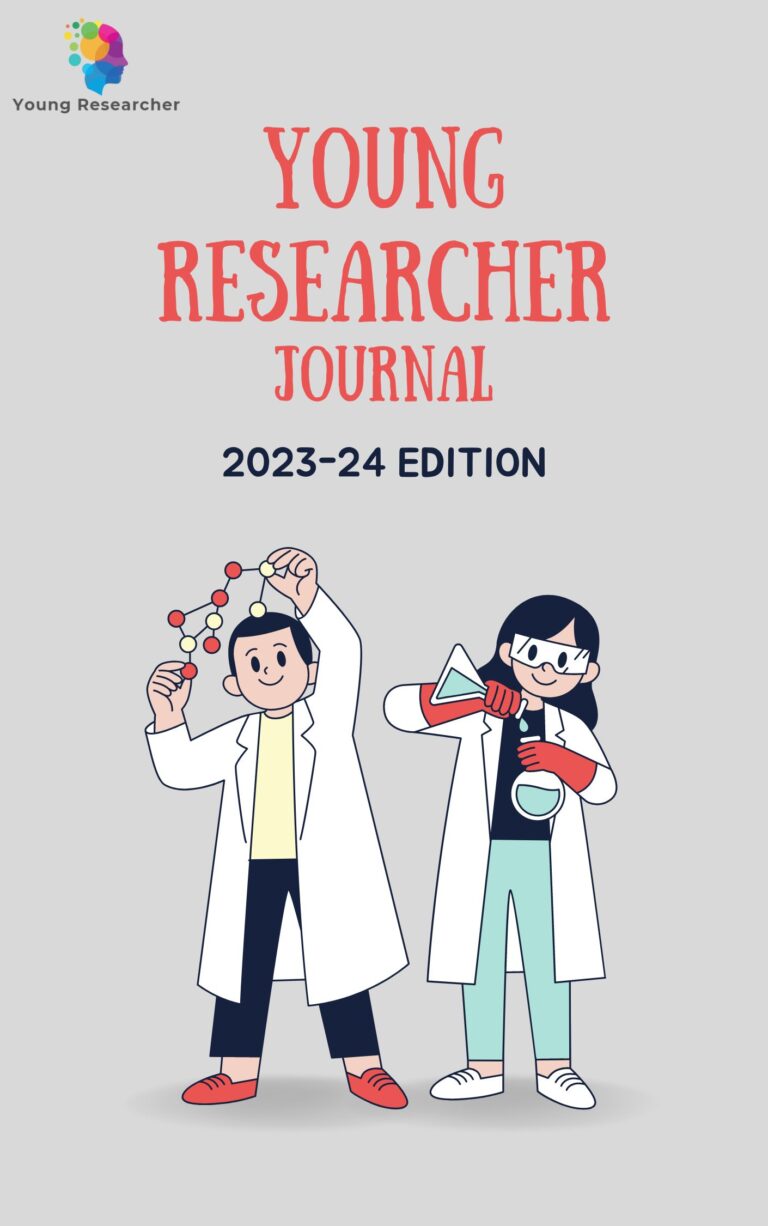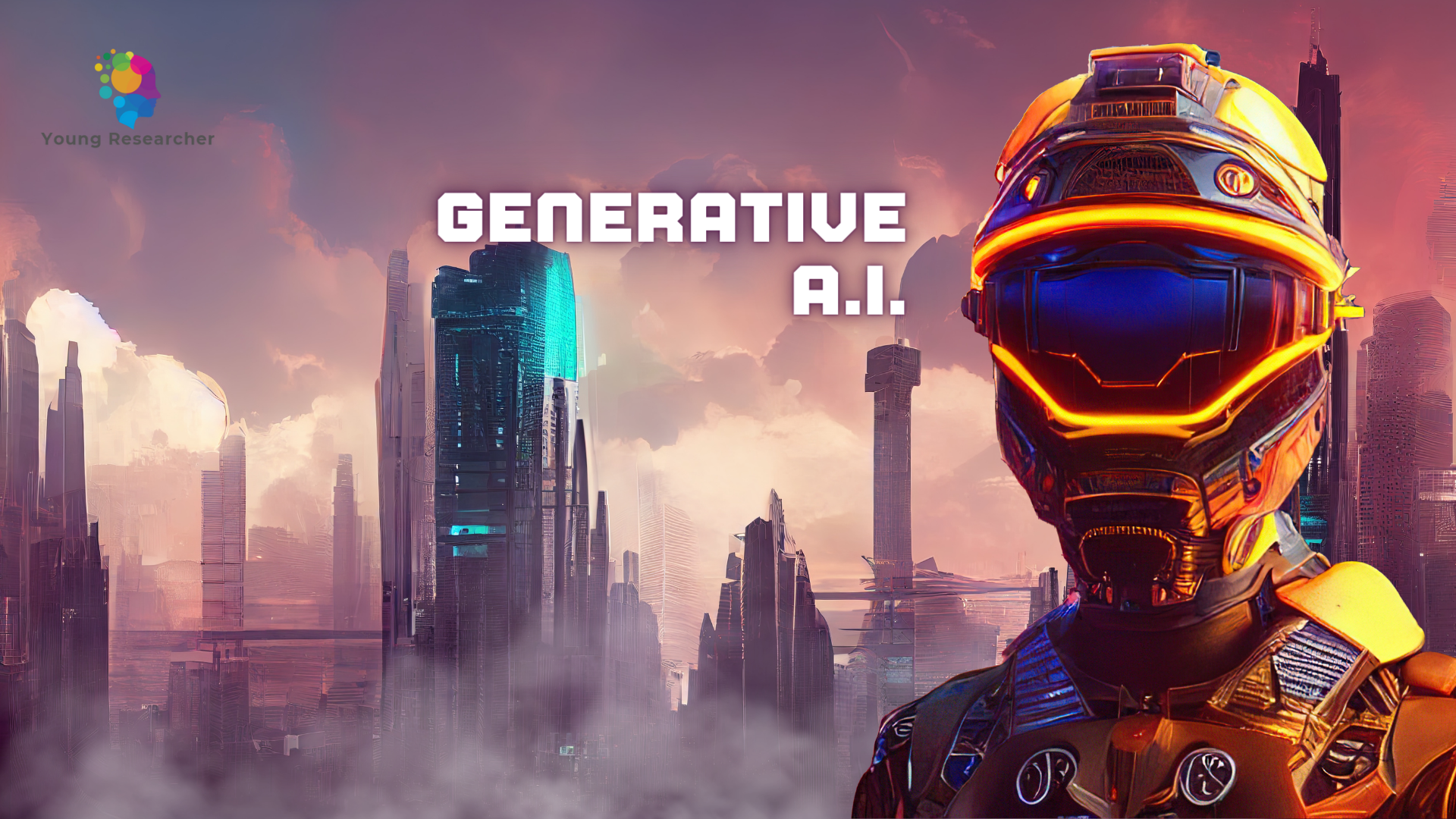
🌟 Calling all High School Scholars! 🌟
Are you a curious mind, eager to explore the depths of knowledge and share your discoveries with the world? We invite you to embark on an exciting journey with us by publishing your research papers in our esteemed online journal – completely free of cost!
Here are just a few reasons why you should take the leap and start sharing your research at a young age:
Unleash Your Creativity: Research isn’t just about facts and figures; it’s about exploring new ideas, challenging existing theories, and thinking outside the box. By publishing your research, you’ll have the opportunity to unleash your creativity and showcase your unique perspective on the world.
Build Valuable Skills: Conducting research and preparing a paper teaches you critical skills such as problem-solving, analytical thinking, and effective communication. These skills will not only benefit you in your academic pursuits but also in your future career endeavors.
Contribute to Knowledge: Every research paper you publish adds to the collective pool of human knowledge. Whether you’re delving into the sciences, humanities, or any other field, your findings have the potential to inspire others and spark further exploration and discovery.
Enhance College Applications: A track record of published research papers can significantly enhance your college applications. It demonstrates your intellectual curiosity, commitment to learning, and ability to contribute meaningfully to your chosen field of study.
Join a Community of Scholars: By publishing your research, you’ll become part of a vibrant community of scholars and researchers who share your passion for knowledge. You’ll have the opportunity to connect with peers, mentors, and experts in your field, fostering collaboration and mentorship opportunities.
Make a Real-world Impact: Research isn’t just an academic exercise; it has the power to create real-world change. Whether you’re addressing pressing social issues, advancing scientific understanding, or exploring cultural phenomena, your research has the potential to make a positive impact on society.
Don’t let your brilliant ideas remain confined to the classroom – share them with the world! Submit your research papers to our online journal today and take the first step towards becoming a published scholar.
We look forward to showcasing your innovative research and helping you make your mark on the world!
Happy researching! 📚✨
Add Your Heading Text Here
Reducing Racial and Gender Bias in Machine Learning and Natural Language Processing Tasks Using a GAN Approach
Isabella S. Mandis
The Spence School, 22 East 91st Street, New York City, NY 10128, USA; IMandis22@spenceschool.org
IJHSR 2021 Vol. 3 Issue 6 p. 17-24
Download Article: https://doi.org/10.36838/v3i6.5
Impact of Increased Awareness on Indian Respondents’ Attitude towards E-waste and Electronic Devices
Veer Raj
The Scindia School, Fort Gwalior, Gwalior, Madhya Pradesh, 474008, India; veer.raj43@yahoo.com
IJHSR 2021 Vol. 3 Issue 6 p. 29-35
Download Article: https://doi.org/10.36838/v3i6.7
Vehicle License Plate Recognition and Detection Using Neural Networks
Alan Tian (1), Arnav Dani (2), Lillian Yu(1)
(1) Lynbrook High School, 1280 Johnson Ave, San Jose, CA 95129, USA; alantian@ucsb.edu. (2) Harker School, 500 Saratoga Ave, San Jose, CA 95129 USA; arnavdani@ucsb.edu
IJHSR 2021 Vol. 3 Issue 4 p. 11-16
Download Article: https://doi.org/10.36838/v3i4.3
An Intelligent System for Early Detection of Eye Diseases that Lead to Irreversible Vision Loss
Navya Ramakrishnan
Jasper High School, 6800 Archgate Dr, Plano, Texas, 75024, U.S.A.; nr24.ramk@gmail.com
IJHSR 2020 Vol. 2 Issue 4 p. 30-34
Download Article: https://doi.org/10.36838/v2i4.6
Check out For the Next 2024 issue
Latest Call for Papers
YRJ selects the highest quality of high school student research work in all areas of science, including the behavioral and social sciences, technology, engineering, and math. YRJ publishes both original research or literature review articles. YRJ has a rolling admission without a deadline and has an open access to public. A publication is a higher level of presentation and requires higher level of detail and work, therefore it is more highly valued when compared to poster or oral presentations.
Overview: YRJ accepts Review and Research Papers
YRJ accepts submissions for “original research” conducted by high school student writers or “literature reviews” prepared by high school students on a specific topic. After the work has been reviewed and accepted for publication, the author will be required to pay a publication charge of Rs. 3000/- after September 1, 2023 (Rs. 2500/- until August 31, 2023). Authors will receive a printed copy of the magazine after their articles have been published.
Before being accepted, TurnItIn performs a plagiarism scan on all submitted articles. After publication, if an editor retracts an article for ethical concerns, there would be no return. We strongly suggest that all students read and utilize The Science of Scientific Writing Handbook when producing their submissions.
All YRJ manuscripts are indexed internationally by EBSCO, making them searchable by the majority of libraries throughout the world.
High school students and their mentors from any country may submit their advanced-level research for publication consideration in YRJ. Students that obtain awards at regional, national, and international science fairs are strongly encouraged to submit their work to YRJ in order to reach a larger audience and elevate the presentation of their research. Research papers should contain a discussion and presentation of fresh experimental results and the authors’ original research. Writers must ensure that their study has not been previously published, and they must explain how it differs from similar studies published in the literature.
A review article, often known as a literature review, is a summary of previously published research on a certain topic. In contrast to an original research publication, it should provide an overview of current thinking on the topic and will not include fresh experimental data. The purpose of a literature review is to evaluate critically the available data from existing studies and published works by other authors. Review articles can highlight possible areas for future research, and sometimes they derive new conclusions from existing data. If you’ve been working on a topic for some time, publishing a review article allows you to share your knowledge. You should find a topic of interest, search the literature for articles published on that topic, redefine the scope of your research if there are too many articles published (such limit can be for specific years or a specific subtopic), read all articles published in the focused topic/years, and summarise the articles by comparing similarities, differences, and contradictions. Please visit this website for further information on how to compose an article review. YRJ accepts only two to three review articles per issue, making the procedure Highly selective.
Categories and Scope of YRJ
The general scope of YRJ includes science, technology, engineering, and mathematics. We accept submissions in any of the fields specified on the subsequent page. The categories and subcategories specified in the accompanying paper should serve as your article’s first and second keywords.
Please go here to view the YRJ Publication Categories for accepted articles.
Submission
How do you submit?
You can submit either a Research Article or a Review Article (see overview for more information). You must place your article in the appropriate template based on the type of submission you choose (research versus review), as detailed below. Only submissions made using YRJ Template will be considered for consideration. Please review each template’s instructions before submitting your work.
We strongly suggest that all students read and utilize The Science of Scientific Writing Handbook when producing their submissions.
You must use the following templates for your submission:
Before submitting a document, it must be formatted precisely and completely edited. Failure to comply will result in rejection of the article without review.
- Download and utilise the YRJ Research Article Template to organise your work for submission of articles.
Please email your article to editor@youngresearcher.in as a single document titled “LastName FirstName” or “LastName LastName LastName” when you are ready to submit (articles must be formatted appropriately and have the appropriate citations) (if multiple authors). Images (including figures and formulas) used in the article must be supplied separately in high resolution and.png format in the same email as the article itself.
MathType’s free one-month trial is highly recommended for formula input assistance.
Due to the large amount of submissions, we have implemented a publication fee: Rs.2500/- will be required when the article is accepted for publication. The author of the correspondence will receive one printed copy of the journal.
Please provide at least three potential reviewers for your paper. Reviewers must be independent of your organisation and independent of your study. They may be individuals cited in your research, individuals you admire, or those with whom you hope to collaborate in the future. It is advised that you contact your proposed reviewers in advance to determine their availability.
Send the article and any photos used in the paper to editor@youngresearcher.in in a single email.
FAQ
- When is the submission deadline for the YJR?
There is no submission deadline for any issue. YJR accepts applications without a deadline throughout the entire year. Issues will be published online every other month once the review and placement processes have been completed. - Should I identify my mentor or instructor as an author of my research paper? An adult supervisor, teacher, or mentor is not necessary to be listed as an author on your paper. They must be named as a supervisor, teacher, mentor, etc. if you believe they performed a significant part in the research. The names of students should be listed first and designated as such. You should, however, have a mentor, teacher, or professional helping you through the publication process. In addition, they may provide feedback regarding the publishing worthiness of the project.
- Who should be credited as the author?
Before submitting for publication, the article’s authors should be determined. Each student or instructor who participated in research design/idea, research labour, data analysis, and manuscript preparation should be regarded as an author. Those whose contributions are not significant should be acknowledged in the part of thanks. Once an article is accepted for publication, the author list and order cannot be altered. Once the article has been published, the corresponding author is responsible for all discussions with the editor and subsequent requests from other readers. - Are there any submission or publication fees?
There are no article submission fees. When an essay is accepted for publication, however, a Rs. 2500/- publishing charge is assessed. YRJ requires a nominal fee to cover the costs associated with editing and publishing. YRJ does not want our publication fees to discourage any student from publishing their work. If you have other conditions that may qualify you for a publication scholarship, please contact the editor directly. - Are there page restrictions for submissions?
There are no page restrictions for submissions to YRJ. - How do I properly cite my work?
All citations must adhere to the ACS format. Other formats of citations will not be considered for publishing. Each time you mention someone else’s work, you are expected to use a superscript number for the in-text citation that corresponds to the number in your “References” section. Every student is responsible for citing their work properly. Please use the following citation resources to properly cite your work: ACS Style Guide. - Can we publish literature reviews?
We publish literature reviews, yes. Please follow our standards for review articles as outlined in our guidelines. Each issue will have one or two review pieces. - Text Formatting/Design
Please utilise the template for the journal, which has the correct format and styles for the publishing. Each paper must be presented in Arial font: Body/Paragraph Text: 10pt font Subheadings: 12 point font, italics, and bold Section Headers: 14-point strong font Title of the paper: 16pt bold font Documents must be single-spaced. Do not indent paragraphs. With the “Enter” key, create a new paragraph. - What happens once I submit my paper?
a)The Chief Editor will examine the submitted article for correct format, style, plagiarism (using TurnitIn), and citations. If there are format errors, he or she may send the document back to the author for correction. Using the template is crucial for this phase.
b) Once the correct format has been determined, the Editor evaluates the manuscript to determine if it is scientifically sound and suitable for publishing. If the editor agrees, he or she will send the work to two or more outside experts in the subject for their objective scientific assessment.
c) Reviewers may request adjustments prior to publication, or publication may be rejected. Before publishing a work, the editor may request corrections based on the opinions of the peer reviewers.
d) Once the modifications have been submitted and the manuscript has been fully accepted, the publication fee will be asked. Credit cards can be used to pay the fees. A link to make payment will be sent to your email address. You may apply for a fee waiver or fee reduction scholarship.
e) Once the money has been paid (or a scholarship has been granted), the article is forwarded to copy editors for placement in the Journal. After the piece is published, the author will receive a copy to review for errors. The article will be put to the queue for the next available issue only after the author has approved publication of the final version.
f) The procedure could take four to eight months, depending on the number of revisions required and how quickly the authors can resubmit their amended manuscript.
Go through Our site for Ideas
Suggested Studies

Generative AI: The new buzzword
About wHAT IS IT? Generative AI refers to a category of artificial intelligence (AI) that involves the creation of new content, data, or outputs that mimic human-like creativity or decision-making.

What is Chat GPT?
ChatGPT is a large language model developed by OpenAI, based on the GPT (Generative Pre-trained Transformer) architecture. It has been trained on a large corpus of text data and can
Copyright © Young Researcher. All rights reserved.
- +91-98392 23922
- editor@youngresearcher.in
